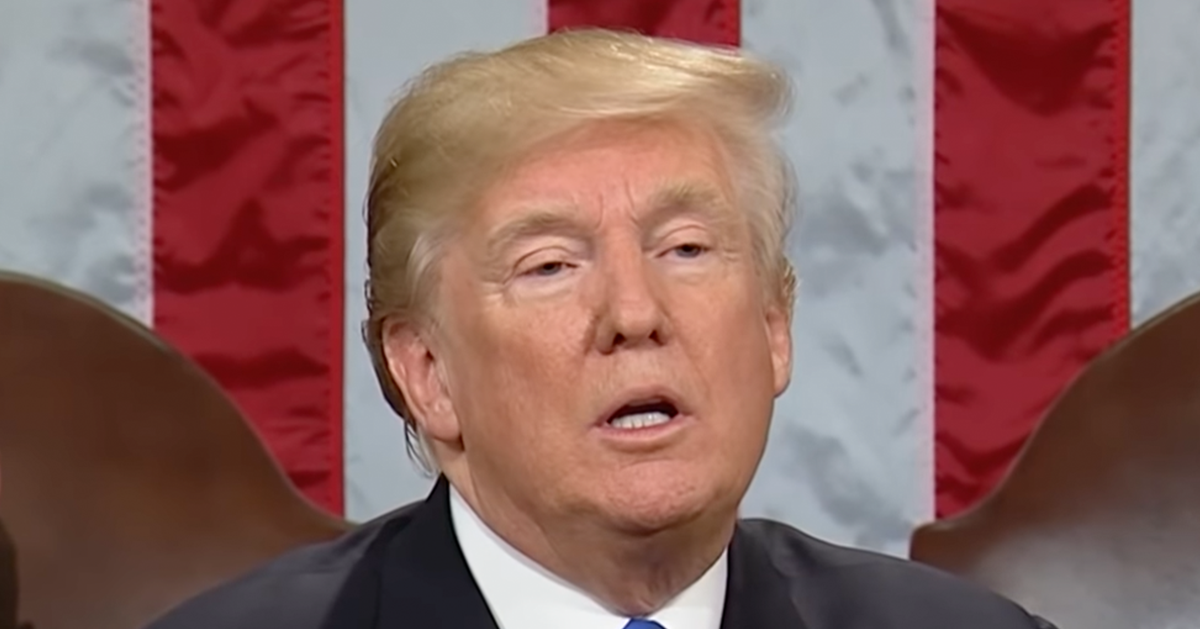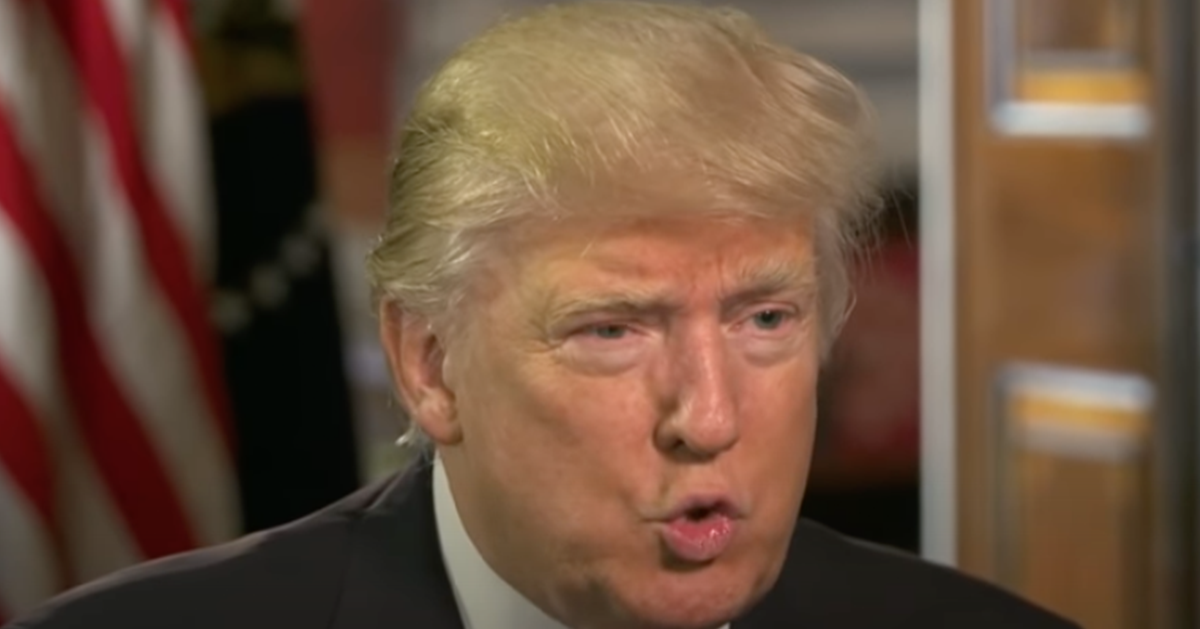Election Data: Harris Faced Rust Belt Struggle Due to Cheney Alliance
Vice President Kamala Harris's strategic choice to team up with former Congresswoman Liz Cheney has had unexpected repercussions in pivotal Rust Belt states, new election data reveals.
In the aftermath of Cheney's endorsement, enthusiasm for Harris among swing voters in Michigan and Pennsylvania appears to have waned, according to recent findings, as Breitbart reports.
During the presidential campaign's final stretch, Harris decided to campaign alongside Liz Cheney, known for her legacy as both a former congresswoman and the daughter of ex-Vice President Dick Cheney.
This alliance was considered unconventional, bridging political divides with a figure known for her neoconservative stances. Harris's strategy aimed to amplify engagement through what political strategists call "earned media."
Data Shows Mixed Reactions Among Voters
However, new election data from Data for Progress points to an unexpected decline in voter enthusiasm following the collaboration. In key states like Michigan and Pennsylvania, swing voters seemed less inclined to support Harris after Cheney's backing.
In Michigan, 30% of swing voters reported a dip in enthusiasm for Harris after Cheney's campaign involvement, as opposed to 23% who felt an uptick in support.
Similarly, in Pennsylvania, the data showed that 28% of swing voters expressed diminished enthusiasm, compared to 21% who were more favorable towards Harris.
Specific Demographics Affected by Campaign Tactics
The impact of Cheney's endorsement appeared to resonate particularly with certain voter demographics. In Michigan, a notable decline in support was noticed among white voters, individuals aged 45 and above, and male voters.
These groups cited decreased enthusiasm, reflecting a trend seen across various age and education demographics.
Harris's decision to campaign with Cheney may have inadvertently neglected key voter bases. Voters under 45, those with a college education, and white voters showed similar dampened enthusiasm.
The partnership, initially perceived as a strategic gain, seemingly conflicted with the interests of crucial demographic sectors.
Reports Suggest a Shift in Strategy Could Have Helped Harris
An analysis within the report suggests that Harris's focus on generating media attention through Cheney's endorsement may have been misaligned with voter priorities. According to the report, Harris could have gained more traction by addressing populist economic issues, potentially boosting her appeal among the swing voters in both Michigan and Pennsylvania.
"Focusing wholly instead on populist economic issues would have benefited her with key voters in both states," the report elaborates. It highlights that the campaign's strategy might have been more effective if tailored to address local economic concerns rather than drawing on high-profile endorsements.
Larger Implications of Odd Campaign Pairing
The findings shed light on the delicate balance required in political campaigning. While national media coverage and high-profile alliances can generate significant attention, they might not resonate with all voter segments. Harris's move to pair up with Cheney, a prominent Republican figure, seemed to stray from a traditionally Democratic strategy emphasizing economic concerns of middle-class and working-class voters.
For Harris, the data presents an opportunity to recalibrate her approach to addressing key states with distinct electoral needs and demographics. Considering the feedback from swing voters, pivoting towards policies and messaging that align more closely with populist and local economic interests may enhance campaign effectiveness.
Future Campaign Tactics and Voter Engagement
The report's findings suggest important lessons for future campaigns about the significance of aligning endorsements with voter expectations. While endorsements from across the political spectrum can highlight bipartisanship, they may not always align with the immediate needs and concerns of the electorate.
The implications extend beyond Harris's campaign, offering strategic insights for politicians seeking to navigate complex voter landscapes in similar battleground regions. Engaging voters on their terms and directly addressing their primary concerns can be decisive in securing electoral success.
As political strategists digest the lessons from this election cycle, the role of strategic endorsements versus policy-driven campaigns will likely remain a focal point of discussion within political circles.




